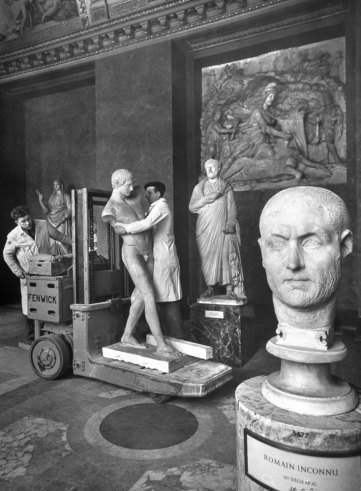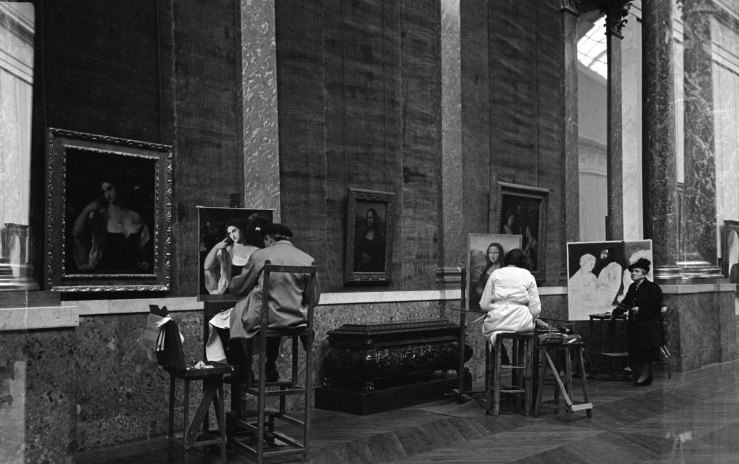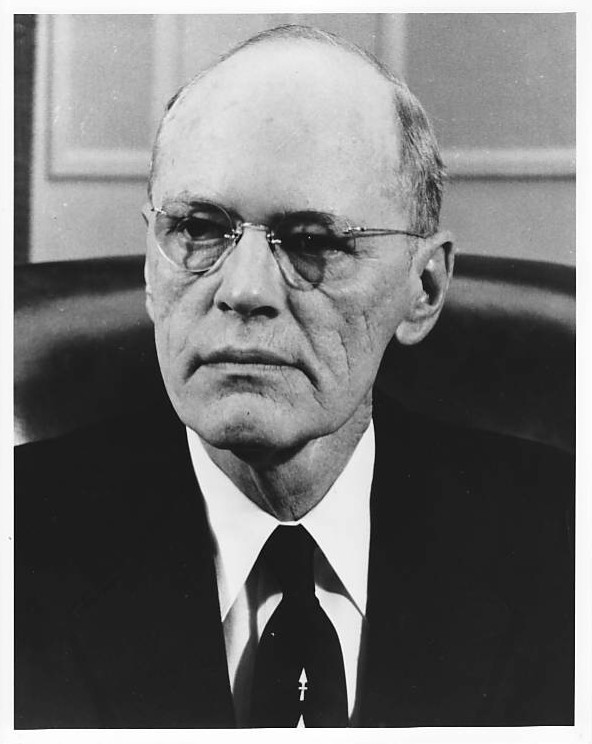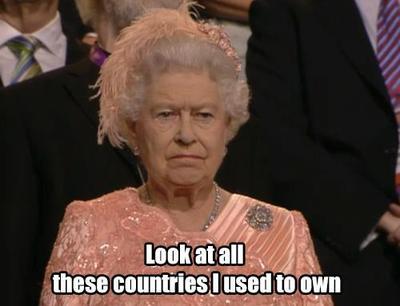“At the going down of the sun and in the morning. We will remember them”
– Laurence Binyon “For the Fallen”
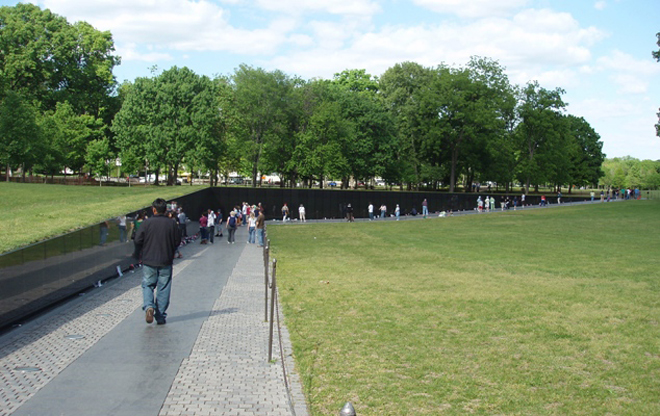
Carved on the Vietnam Veterans Memorial wall’s face are the names of service members killed or missing during the Vietnam War. Photo Credit: National Park Service/American Society of Landscape Architects
Catapulted into instant fame and notoriety at the age of 21, Maya Lin not only made headlines around the country, she found herself in the middle of one of the country’s most bitter disputes. She did not commit a heinous crime nor was she an “heiress gone bad,” instead she merely won an art competition. However this was not a simple contest with a small cash prize. The winner’s idea would be created into a national memorial and would stand among the lofty and recognizable monuments in Washington D.C.’s National Mall. This idea would be a representation of the human sacrifice of over 58,000 soldiers and in honor of all who served in one of the most grueling and protested wars in American history – the Vietnam War.
The Competition
Jan Scruggs came up the idea to honor the veterans of the Vietnam War with a memorial. Scruggs, himself a Vietnam veteran, founded the Vietnam Veterans Memorial Fund. He began to raise funds after the United States Congress did not take action. Eventually, raising over $8 million in private donations, along with $2,800 of his own money. In 1980, the government finally acted on Scruggs’ idea and President Jimmy Carter designated the Constitution Gardens on the National Mall for the memorial.
Now the question was how to honor those who served and died during the Vietnam War. The memorial committee opened up the competition for public entries. The Vietnam Veterans Memorial Fund’s criteria were that the memorial be “contemplative and reflective in character” and “not a political statement.” Also, the memorial had to be cohesive with the surroundings and bear the names of those who died in the conflict or who were still missing.
There were a total of 1,421 entries. The memorial officials chose the winner based on design alone, the artist would not be revealed until the winner was announced. In 1981, while a senior at Yale, Lin’s Vietnam Memorial proposal won. Along with the production of her design, Lin was also awarded a $20,000 contest prize.

The names of 57,000 Americans who died in the Vietnam War are listed on the wall of the Vietnam Veterans Memorial in the order in which they fell. Photo Credit: Academy of Achievement
The Design
Her design was minimalist and nontraditional. The memorial, if you are unfamiliar with it, is a polished black, V-shaped granite slab seemingly rising from the ground. The strength of the granite contrasts with softness of the grass and brings a balance to both nature and architecture. Upon it bears the names of over 58,000 Americans who were killed or are missing. When asked what moved the officials to choose Lin’s design, one official stated, “It is uniquely horizontal, entering the earth rather than piercing the sky. That is very much a memorial of our times, one that could not have been achieved in another time or place.”
The Public Reacts
Public reactions to the initial design varied greatly. Some were upset that the memorial seemed to be polar opposite to the preconceived ideas of memorials. It was not as recognizable and towering as the Washington Memorial. Nor did it employ any statues like the Lincoln Memorial. Not only did Lin’s memorial submission receive criticism, some were even upset that Lin, an Asian American, created the national memorial to the devastating Southeast Asian war.
Tom Carhart, a Pentagon civil lawyer and Vietnam veteran, was a strong opponent to the chosen design. He believed the memorial was an insult to the veterans and that the wall was “a black gash of shame and sorrow, hacked into the national visage that is the Mall.” In addition, he was disappointed that the selection jury was comprised entirely of civilians, none of whom served in Vietnam. Carhart stated that “The jurors know nothing of the real war in Vietnam – the television portrayal was far from adequate.” He was adamant that his issue with the wall has nothing to do with artistic grounds, but rather that the “black trench” will forever signify how the country sees its Vietnam veterans. “Black walls, the universal color of sorrow and dishonor. Hidden in a hole, as if in shame. Is this really how America would memorialize our offering?”
Not all Vietnam veterans held Carhart’s same viewpoint. Scruggs, the founder of the Vietnam Veterans Memorial Fund, was one of the 125 veterans who broke the ground to ready the memorial construction on March 26, 1982. “Let this memorial begin the healing process and forever stand as a symbol.” Virginia Governor Charles S. Robb, a Marine Corps officer during Vietnam and the son-in-law of President Lyndon B. Johnson, lost a lot of men in his company during the war. “Two of them literally in my arms,” he recalls. “The families of the men who died in my unit have asked me the whys and hows of their deaths. I’m not sure of the whys. But this monument does say we care and we remember. And that’s terribly important.”
Paul Goldberger, a reporter with The New York Times, added his opinion to the debate. He stated that Lin’s designs honored those who served in Vietnam because the memorial’s “extreme dignity and restraint honors these veterans with more poignancy, surely, than most conventional monuments.”
With the country divided on her memorial, Lin stood solidly behind her design. When some saw the minimalistic black granite as a somber slap in the face, Lin saw it as “a wound in the earth that is slowly healing.” Through this healing, she hoped that “these names, seemingly infinite in number, [would] convey the sense of overwhelming numbers, while unifying these individuals as a whole.”
The Three Servicemen
However, there were concessions made because of the controversy and negative reactions. A flagpole was placed atop the apex of the two walls with a plaque saying, “A gift from the veterans of Vietnam to the people of the United States of America.” More inscriptions were placed in the final memorial and the surrounding areas. In addition to plaques and inscriptions, a bronze statue was added to give the wall a more traditional component. The statue was named “The Three Servicemen” and was designed by Frederick Hart, a U.S. sculptor and artist, who also placed third in the original competition.

“The Three Servicemen” statue. (Source)
Depicting three soldiers, the middle man clothed in the typical Marine outfit is flanked by two men wearing U.S. Army clothing. Wanting to portray the variations of the ethnic groups who fought in the war, Hart purposely created the soldiers with different races in mind. The middle man is Caucasian, the man on the right is African American and the man on the left is Hispanic.
Visitors can see a unity between the statue and the wall. The soldiers seem to be looking at the wall as if searching for the names of their fallen comrades. There is a solemn feel with the statues that match that of the wall. Whereas there is cohesion between the two memorials, there is none between the artists. The placement of the statues is due to Lin, who was furious about the addition of a statue into her design. She demanded the statue be placed a distance from the wall, so not to directly interfere with the wall or its impact. And when the statue was dedicated, Lin was noticeably absent. Another point of resentment could be the fact that Hart was paid $200,000 for his “The Three Servicemen” commission, which is much higher than Lin’s $20,000 prize amount.
Outcome
Once the hoopla died down, Lin was offered numerous architectural commissions because of her instant celebrity status. She, however, decided to continue her studies and earned a master’s degree in architecture from Yale. Upon graduating, she designed the Civil Rights Memorial at the Southern Poverty Law Center in Montgomery, AL. Her second monument was dedicated in 1989. When interviewed in 2008 about her earthwork project, “Wave Field,” she looked back at her designs. “My greatest fear 15 years ago is that the different parts weren’t in dialogue with each other. But whether its art, architecture or memorials, I realize now that all my work is intrinsically tied to the natural landscape around us.”
In a sense, the Vietnam Memorial is still a work in progress. Since its dedication in 1982, around 333 names have been added to the wall. The largest number of names added per year took place on Memorial Day in 1986. Due to the decision to include the deaths of aircraft pilots and crews, who supported direct combat missions, another 110 names were etched into the wall that year. On Memorial Day in 2011, five additional names were honored on the wall.
The idea of a slab of stone with names upon it does not sound like it would be a sight worth seeing. But, to those of us who have had the honor of standing in front of the wall and looking out at the seemingly endless etching of names, the wall invokes many emotions. The predominant emotion is simply the overwhelming sense of loss. Maya Lin achieved so much with her “simple” design. A person goes on a journey as they make their way along the wall with a hand extended – touching and feeling the inscribed losses. It creates a connection with the fallen, making the lives cut short much more profound. Gertrude Gerber, a volunteer at the wall, recalls one of her most unforgettable experiences.
We had a severe rainstorm the other day and I took shelter in the kiosk. This man and woman came up drenched to the skin and said they had a son killed in Vietnam and could I help them find his name. I invited them to step under the shelter and wait out the rain, but they refused. They went back to the wall and just stood there in the soaking rain staring at their son’s name.

Panoramic view of the Vietnam Veterans Memorial Wall with the Three Soldiers sculpture in the foreground. (Source)
Information & Sources
Tom Carhart, “Insulting Vietnam Vets,” The New York Times, October 24, 1981.
B. Drummond Ayres Jr., “A Yale Senior, A Vietnam Memorial and a Few Ironies,” The New York Times, June 29, 1981.
Phil Gailey, “Vietnam Memorial: Touching, Tears, Roses, Rain,” The New York Times, August 30, 1983.
Paul Goldberger, “Vietnam War Memorial to Capture Anguish of a Decade of Doubt,” The New York Times, June 6, 1981.
Carol Kino, “Once Inspired by a War, Now by the Land,” The New York Times, November 8, 2008.
Bernard Weinraub, “Ground Broken in Capital For Memorial on Vietnam,” The New York Times, March 27, 1982.
“Remembering Vietnam,” The New York Times, May 18, 1981.
“Additions Since the Dedication,” Vietnam Veterans Memorial Fund.
“Vietnam Veterans Memorial,” Library of Congress.

















